
Sodium Nitrite 500gm
KSh390.00 Original price was: KSh390.00.KSh300.00Current price is: KSh300.00.
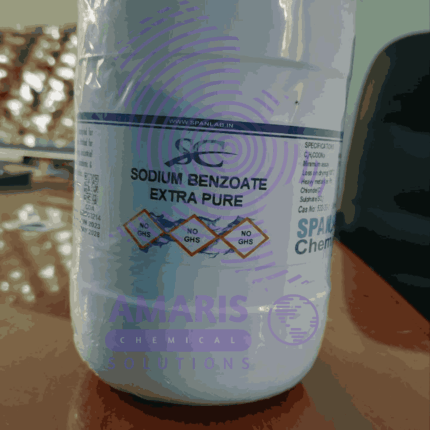
Sodium Benzoate 500gm
KSh445.00 Original price was: KSh445.00.KSh300.00Current price is: KSh300.00.
Sodium Oxalate 500gm
KSh1,050.00 Original price was: KSh1,050.00.KSh950.00Current price is: KSh950.00.
Whatsapp Order
Sodium oxalate (Na₂C₂O₄), also known as disodium oxalate, is a white, crystalline solid with a variety of applications, including some specific uses in laboratories. Here’s a breakdown of its key properties, applications, and safety considerations:
Properties:
- Appearance: White crystalline solid
- Odor: Odorless
- Solubility: Low solubility in water, but increases with temperature
- Melting point: Decomposes above 290 °C (554 °F)
SKU:
ACS38998CHEM0
Category: Analytical Reagents
Description
Uses of Sodium Oxalate
- Standardizing Potassium Permanganate Solutions (Titration):
- In titrimetric analysis, a technique to determine the concentration of an unknown solution, sodium oxalate acts as a primary standard. This means it has a precisely known and highly reliable purity.
- Researchers use sodium oxalate solutions with a known concentration to standardize (determine the exact concentration) of potassium permanganate (KMnO₄) solutions. Potassium permanganate is a strong oxidizing agent used in many titrations.
- By accurately knowing the concentration of the sodium oxalate solution, researchers can then calculate the concentration of the potassium permanganate solution they are using for titrations. This ensures accurate measurements in subsequent experiments.
- Precipitation Reactions for Metal Ion Separation and Identification:
- Sodium oxalate can be a valuable tool in qualitative analysis experiments, which aim to identify the components present in an unknown solution.
- When sodium oxalate solution is added to a solution containing specific metal ions, it can trigger the formation of insoluble oxalate salts as precipitates (solid particles formed from a solution).
- Since different metal ions form oxalate salts with varying colors and solubilities, this precipitation reaction helps researchers separate and identify the specific metal ions present in the unknown solution based on the observed precipitate characteristics.
Reviews (0)
Be the first to review “Sodium Oxalate 500gm” Cancel reply
Related products
Acetic Acid 2.5litre
Acetic acid is an organic acid with the chemical formula CH3COOH, also known as ethanoic acid. It is a colorless liquid with a pungent, sour taste and a distinctive vinegar-like odor. Acetic acid is an important industrial chemical used in the production of various products, including solvents, plastics, textiles, and food additives. It is also the main component of vinegar, which is commonly used as a condiment and preservative in cooking and food preparation.
Aceto Carmine 100 ml
Aceto carmine is a staining solution used primarily in microscopy to highlight cellular components. It is a mixture of carmine dye and acetic acid. Here’s an overview of its properties, preparation, and uses:
Properties
- Color: Red to purplish-red.
- Solubility: Soluble in water and ethanol.
- Staining Characteristics: Stains chromatin and cytoplasmic components, providing contrast for better visualization under a microscope.
Preparation
- Ingredients:
- Carmine dye: A natural red dye extracted from the cochineal insect.
- Acetic acid: A colorless liquid organic compound with a pungent smell.
- Procedure:
- Dissolve a specific amount of carmine powder in hot distilled water.
- Add glacial acetic acid to the solution.
- Filter the mixture to remove any undissolved particles.
Aluminum Ammonium Sulphate
Aluminum ammonium sulfate, also known as ammonium alum or just alum, is a chemical compound with the formula (NH4)Al(SO4)2·12H2O. It's a white crystalline solid commonly used in water purification, leather tanning, and as a mordant in dyeing textiles.
In water purification, alum acts as a coagulant to remove impurities by causing suspended particles to clump together, making it easier for filtration to remove them. In leather tanning, it helps to stabilize the leather by tightening the collagen fibers. And in dyeing textiles, alum helps the dye adhere to the fabric.
However, it's important to note that excessive exposure to aluminum compounds like alum can be harmful, so it's typically used with caution and proper safety measures.
Aluminum Hydroxide 250gm
Aluminium hydroxide is a chemical compound with the formula Al(OH)3. It is an inorganic compound that is commonly used as an antacid to neutralize excess stomach acid, as well as a component in the manufacture of various products, such as ceramics, paper, and cosmetics. It is a white, powdery substance that is insoluble in water and has a low toxicity. When heated, it decomposes to produce aluminium oxide, or alumina, which is used in the production of aluminium metal.
Ammonia Solution 2.5litres
An ammonia solution is a solution of ammonia (NH3) gas dissolved in water. It is a clear, colorless liquid with a pungent odor and a basic pH. The concentration of ammonia in the solution can vary, and is typically expressed in terms of percent by weight or by volume.
Ammonia solutions are commonly used in a variety of applications, including cleaning agents, fertilizers, and as a precursor to other chemicals. They are also used in industrial processes such as refrigeration, gas purification, and water treatment. Ammonia solutions can be dangerous if not handled properly, as they are highly corrosive and can release toxic fumes if mixed with certain chemicals
Ammonium Acetate 25kgs
Ammonium acetate is a chemical compound with the formula NH4CH3CO2. It is a white, crystalline solid with a vinegar-like odor. It is commonly used in various laboratory applications, such as in molecular biology and analytical chemistry. It can act as a source of acetate ion in reactions and is often used as a buffer solution in biochemical and molecular biology research. Additionally, it is sometimes used in the manufacture of other chemicals and as a food additive.
Anhydrous Aluminum Chloride
Anhydrous aluminum chloride, often represented as AlCl3, is a chemical compound composed of aluminum and chlorine. "Anhydrous" means it lacks water molecules in its structure. It's a white or pale yellow solid that is highly hygroscopic, meaning it readily absorbs moisture from the air. This property makes handling it a bit tricky since it can form a solution with water vapor in the air, turning into a fuming liquid.



 LABORATORY EQUIPMENT & APPARATUS
LABORATORY EQUIPMENT & APPARATUS
 Fertilizers
Fertilizers Plant Growth Regulators
Plant Growth Regulators Soil Conditioners
Soil Conditioners Animal Feed Additives
Animal Feed Additives Biostimulants
Biostimulants Dough Conditioners
Dough Conditioners Flour Treatments
Flour Treatments Fat Replacers
Fat Replacers Preservatives (baking)
Preservatives (baking)
 Surfactants (cleaning)
Surfactants (cleaning) Builders
Builders Bleaching Agents
Bleaching Agents Enzymes
Enzymes Solvents (cleaning)
Solvents (cleaning) Fragrances
Fragrances

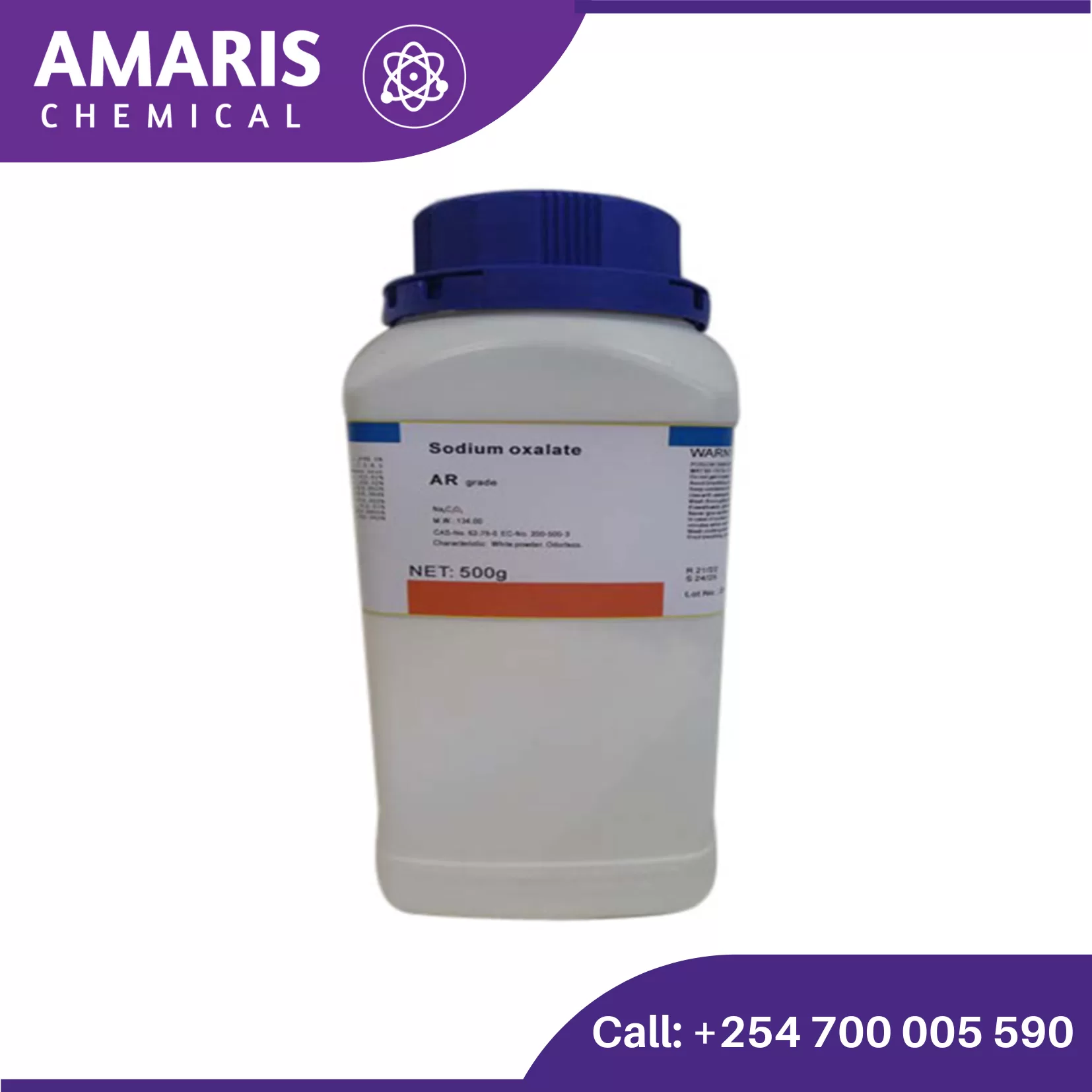
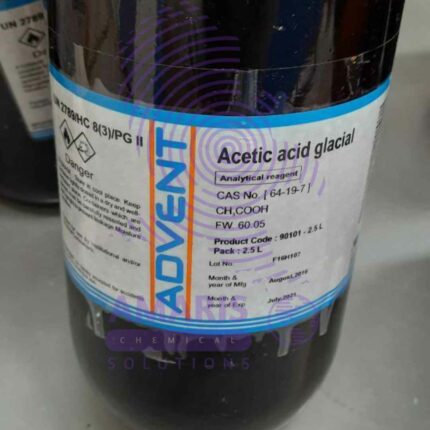

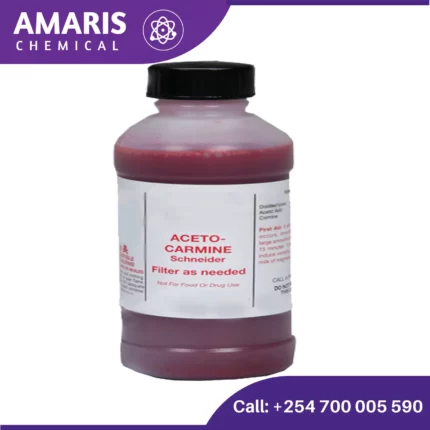

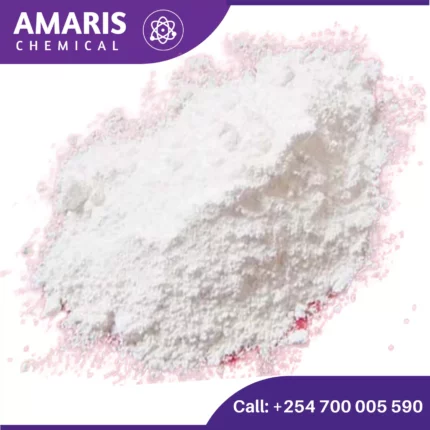
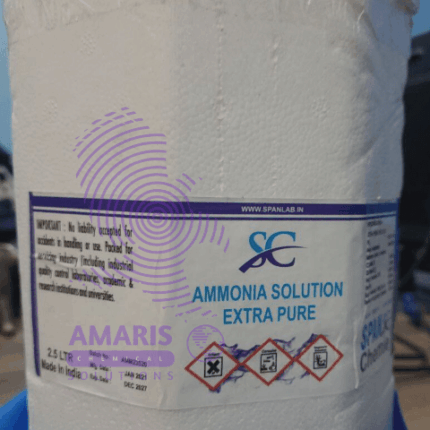


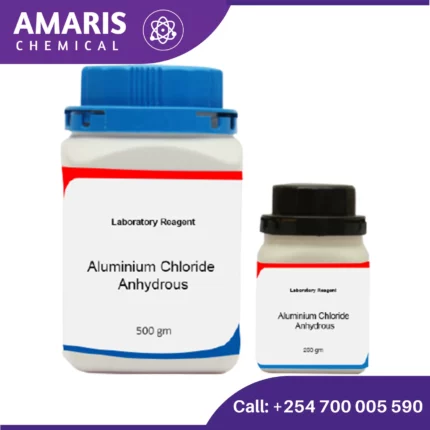















Reviews
There are no reviews yet.